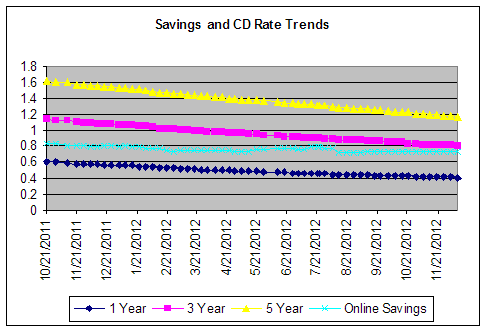We have all heard stories about how applying for many savings or cd accounts can have an adverse impact on your credit score. According to conventional wisdom, some banks do a hard pull on your credit and these pulls can cause your score to go down, impacting your ability to get a loan or the rate on any loan you open.
So is this really true? What do banks do when you open a savings account, checking account, certificate of deposit, or other FDIC insured account? And how do the credit agencies track what the banks do and apply it to your credit score?
To find out what really happens when you open an account, I spoke to representatives from Experian, Transunion, and Equifax (the big three credit rating agencies), as well as from Fair Isaac, the company whose algorithms are used to calculate your FICO score. Most banks use FICO scores as an important component in determining a potential borrower’s credit worthiness for a loan.
Maxine Sweet, the Vice President of Public Education at Experian explained how Experian records account openings:
- Checking Accounts (DDAs) - Banks have the option of doing a hard pull or a soft pull. Banks need to use a code in their account opening system if they want the pull to be soft. Once overdraft protection or a debit/check card is added it will automatically be a hard pull.
- Saving and Money Market Accounts and Certificates of Deposit. These always result in hard pulls.
Steve Katz from Transunion wrote that whether or not they do a credit check “…really depends on a financial institution’s specific credit policies. Some may pull credit reports for CD’s and savings accounts which would then show as a hard inquiry. Most do not engage in that practice at this time.
Some financial institutions may seek to offer the consumer a credit card or other pre-approved offer of credit in conjunction with the new account. Inquiries for such a permissible purpose would result in only a soft inquiry that has no impact on a consumer’s credit score.”
According to Ms. Sweet, the impact of even a hard pull from this type of inquiry is minimal and short lasting, unless the consumer is already having credit problems. In that case, it becomes another flag that there is something going on and can have a more significant impact on your report. These types of inquiries last about 3 months and then disappear entirely from your credit report.
Ms. Sweet recommended that if you are thinking of applying for a mortgage or a car loan, you not go on an account opening binge in the 3 months prior to applying for the loan.
Craig Watts, Public Affairs Manager for Fair Isaac said that if the savings or CD account is a “hard pull” then the inquiry would be listed on the FICO report and it could have a impact on your FICO score. He said the impact might be a 5 point decrease in your credit score. The impact to a young credit file, that is someone who has just started to build their credit history, might be more significant. Regardless, he stated a string of late payments on credit cards would have far more impact than a string of inquiries from opening savings accounts.
His advice to consumers is to check your credit report, be diligent in managing credit, and mind your Ps and Qs so you don’t have to worry about minor impacts from things like opening a savings account or a certificate of deposit.
Conclusion
- Opening a checking account may or may not have an impact on your credit score, depending on the bank and the credit agency they use. If the account comes with overdraft protection or a check card, assume it will result in a hard pull.
- You can ask the customer service rep or the branch customer service personnel but they may not even understand their bank’s policies. Many do not.
- If a hard pull is done the impact on your credit score varies depending on your other credit history, and your credit age.
- If you have other bad marks on your credit score and are thinking of applying for a major loan (home, car, etc.) you might not want to open a slew of new accounts.
- Any impact on your credit score from opening a savings account, certificate of deposit, or money market account is minimal if you have good credit.

